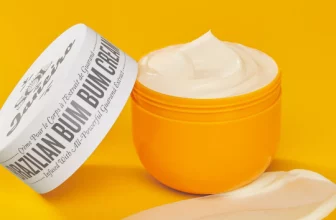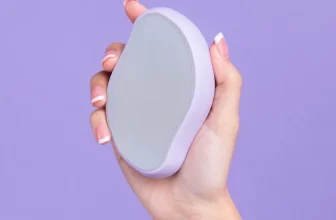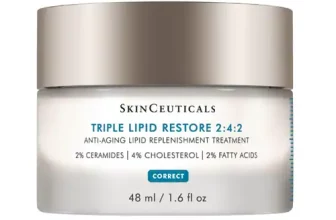Hemi-Squalane vs Squalane: Demystified
If you’ve taken the time to look through the ingredients of your favorite skin cream lately, you’ve probably seen one of two ingredients listed there: hemi-squalane or squalane. Obviously, not every skincare cream has one of these included, but in the last few years, they have both gained increased popularity due to their excellent moisturizing and emollient properties.
This page contains affiliate links, meaning I get a small commission if you decide to make a purchase through my links, at no cost to you. See the disclaimer page for more information.
So, to answer the question, “What really is the difference between hemi-squalane and squalane?” we did a deep dive into the science and effects of each to help you pick the best one for your needs and skin type.
What is Squalane?
Squalane is derived from a separate chemical compound called squalene (yes, just a one-letter difference).
A naturally produced oil, squalane is already present in our bodies in our skin’s sebum (oil). Squalene can be found in nature as well, most notably in olives and sugarcane. It is also found in more bizarre places you wouldn’t expect, such as shark liver oil!
Squalene is very important for our skin as it prevents dry skin with its excellent natural moisturizing properties. It has also been shown to have some anti-inflammatory properties and naturally help reduce swelling.
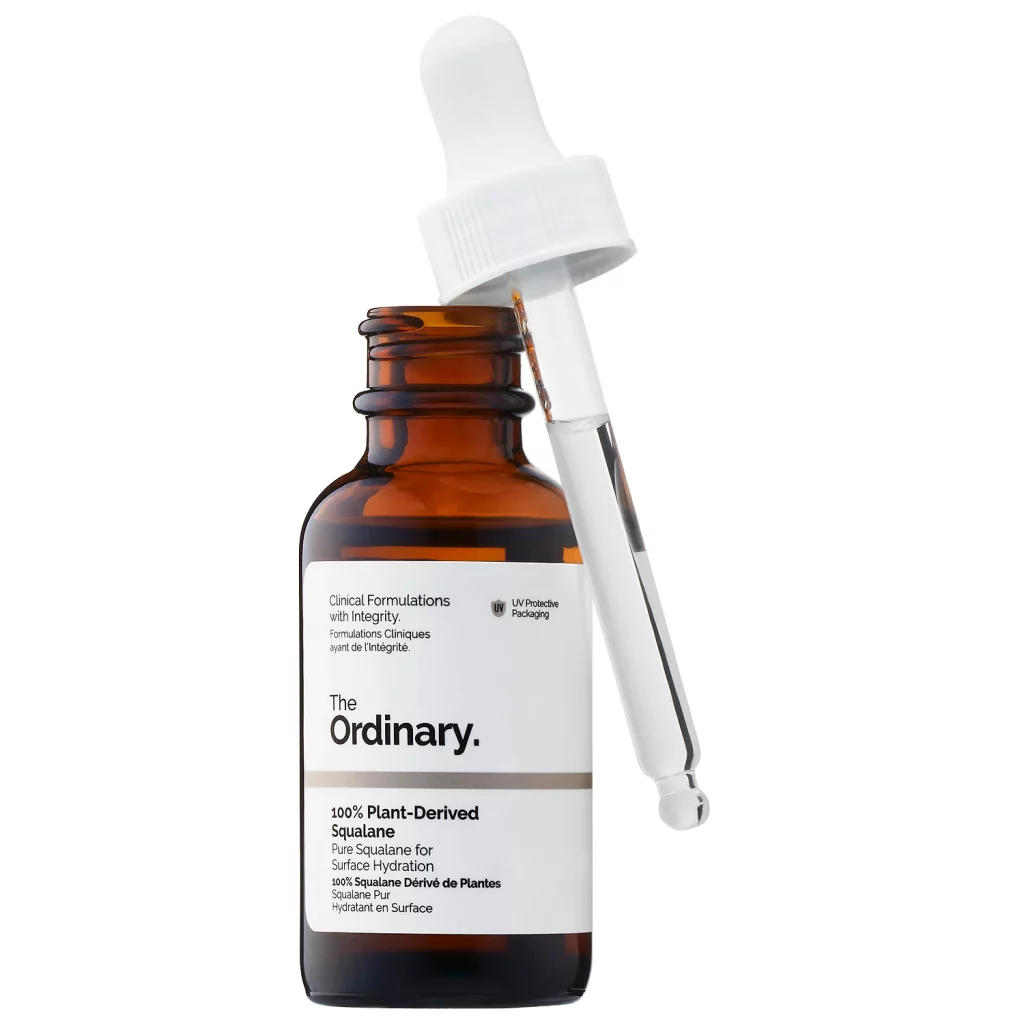
Enough about squalene though, you came here to hear about the one with an “a” instead of an “e”. Squalane is a derivative of squalene that solves the big issue with squalene: oxidation. When exposed to oxygen, squalene will break down, while squalane will not.
To be able to get the benefits of squalene into a bottle and onto your skin, companies have created a hydrogenated version of squalene, called squalane. This prevents oxidation and allows the product to be stable on the shelf and after you open and start using the product.
To summarize, squalane is a more stable, lighter version of squalene that is still biocompatible with your skin (won’t cause any pesky irritation issues) and will give your skin the moisturized and smooth texture that you want.
What is Hemi-Squalane?
One of the benefits of squalane is how light it is on your skin, hemi-squalane takes that benefit and turns it up to 11. According to a manufacturer of hemi-squalane, hemi-squalane has half of the carbon atoms compared to squalane. The benefit of this is that hemi-squalane feels insanely lightweight on your skin.
Hemi-squalane will also have a lower viscosity compared to squalane and will be easier to apply to your skin and absorb faster while leaving no residue behind.
Benefits of Hemi-Squalane and Squalane
While we’ve covered a few of the benefits of these ingredients so far, let’s look a little deeper into what exactly they do for your skin.
In my personal experience, both hemi-squalane and squalane have produced nearly identical results for my skin.
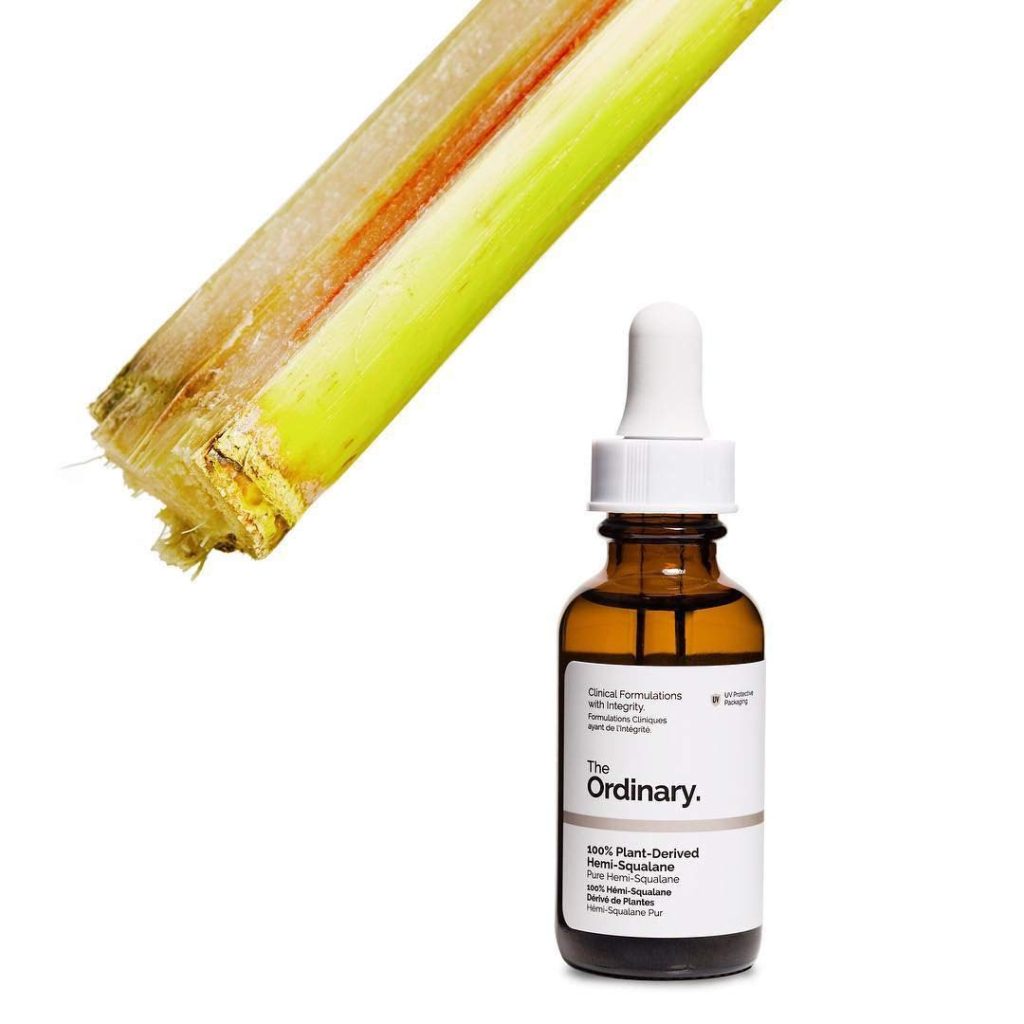
Benefits for your skin
- Moisturizing – This one should be obvious if you’ve read this far. Hemi-squalane and squalane are amazing moisturizers and will leave your skin feeling hydrated and smooth.
- Doesn’t clog pores – This is an understandable concern with any product you apply to your skin. Luckily, hemi-squalane and squalane are both non-comedogenic, which means they will not get stuck in your skin’s pores.
- Smooths and plumps skin – They are both emollients, which means they actually are able to get into the space between your skin’s cells and smooth any rough edges.
- Oil-balance restoration – Hemi-squalane and squalane are perfect for oily and acne-prone skin. They help to regulate the skin’s natural oil production and don’t leave your skin with excess oil.
Benefits for your hair
That’s right, you can even use hemi-squalane and squlane on your hair. It’s especially effective for those with naturally oily or brittle hair.
- Oil-balance restoration – Like with your skin, hemi-squalane and squalane can help to get your hair’s oil production to a normal range without leaving any excess behind. Apply to clean, damp hair.
- Hair strength – If you have brittle hair, hemi-squalane and squalane can help strengthen it. Especially your tresses.
When to Use Hemi-Squalane vs Squalane
Clearly, hemi-squalane and squalane are very similar, but when should you use one over the other?
As we mentioned before, the main difference separating these two ingredients is that hemi-squalane has a might lower molecular weight than squalane, half! That leaves hemi-squalane feeling much lighter on your skin and gives you an easier application.
All skin types can use both hemi-squalane and squalane, that’s part of what makes them such amazing ingredients in your favorite skincare products. However, if you have oily skin, we recommend you use hemi-squalane instead as it leaves your skin feeling dryer than squalane.
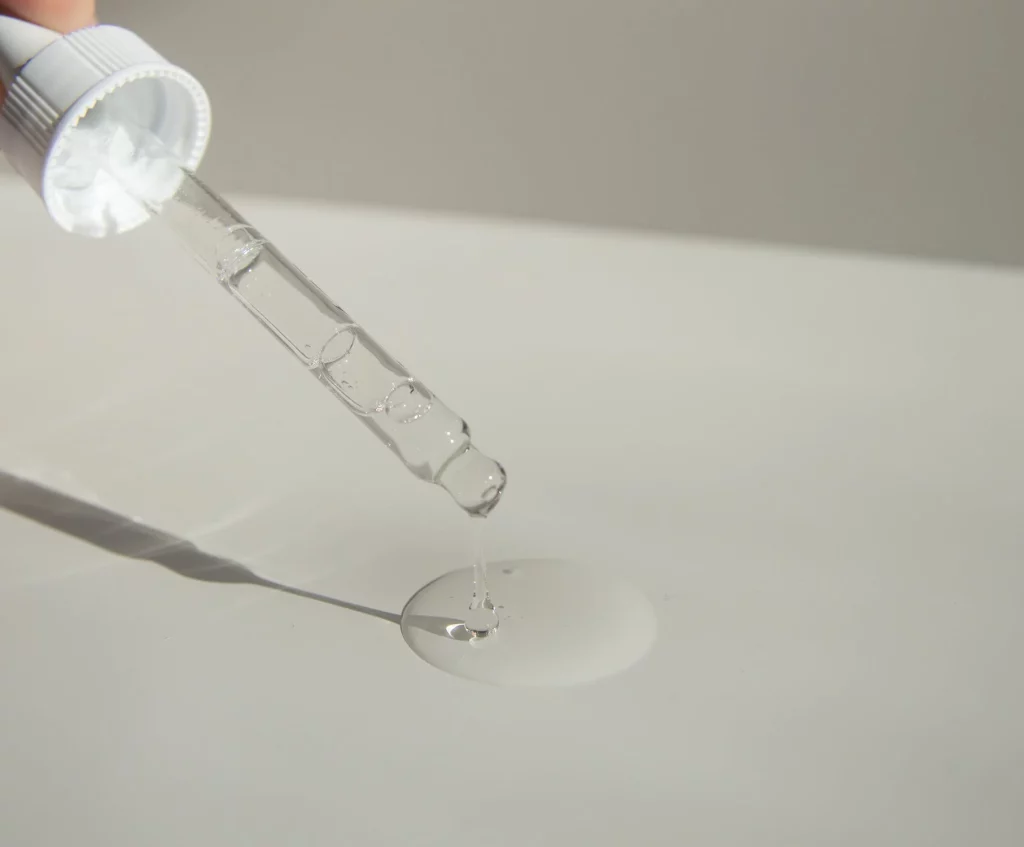
How to Apply Hemi-Squalane and Squalane
It’s very important when using these products that you apply them in the proper order in your overall skincare routine.
If you are using these products in their pure form, such as from The Ordinary, then make sure you apply them after any water-based products, as these could cause the product to wash off before it has been absorbed into your skin.
Personally, I like to apply my squalane before my moisturizer. I feel like applying my moisturizer afterward helps to lock in the squalane and has improved my results.
Where to buy Hemi-Squalane and Squalane
I personally only use The Ordinary’s 100% Squalane and 100% Hemi-Squalane products. Although there are other competitors out there, these are the only ones I can recommend. I have never had any complaints about the quality. Both products are derived from olive oil and are 100% plant-based (no shark liver oil here!).
You can pick up squalane from The Ordinary here and hemi-squalane here.
Final Thoughts on Hemi-Squalane vs Squalane
Hopefully, you’ve learned something valuable about a couple of the ingredients you’re using on your face every day. Both of these are amazing for moisturizing your skin while avoiding skin irritation, clogged pores, and oily residue.
When you first start using them you’re going to notice how lightweight these oils feel on your skin. You’re probably never going to want to go back to heavier face oils. Especially if you have oily skin or don’t like products that leave an oily feeling on your skin, give these products a try! You won’t regret it, I promise.
Thanks for reading!



